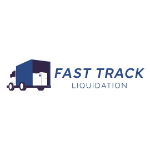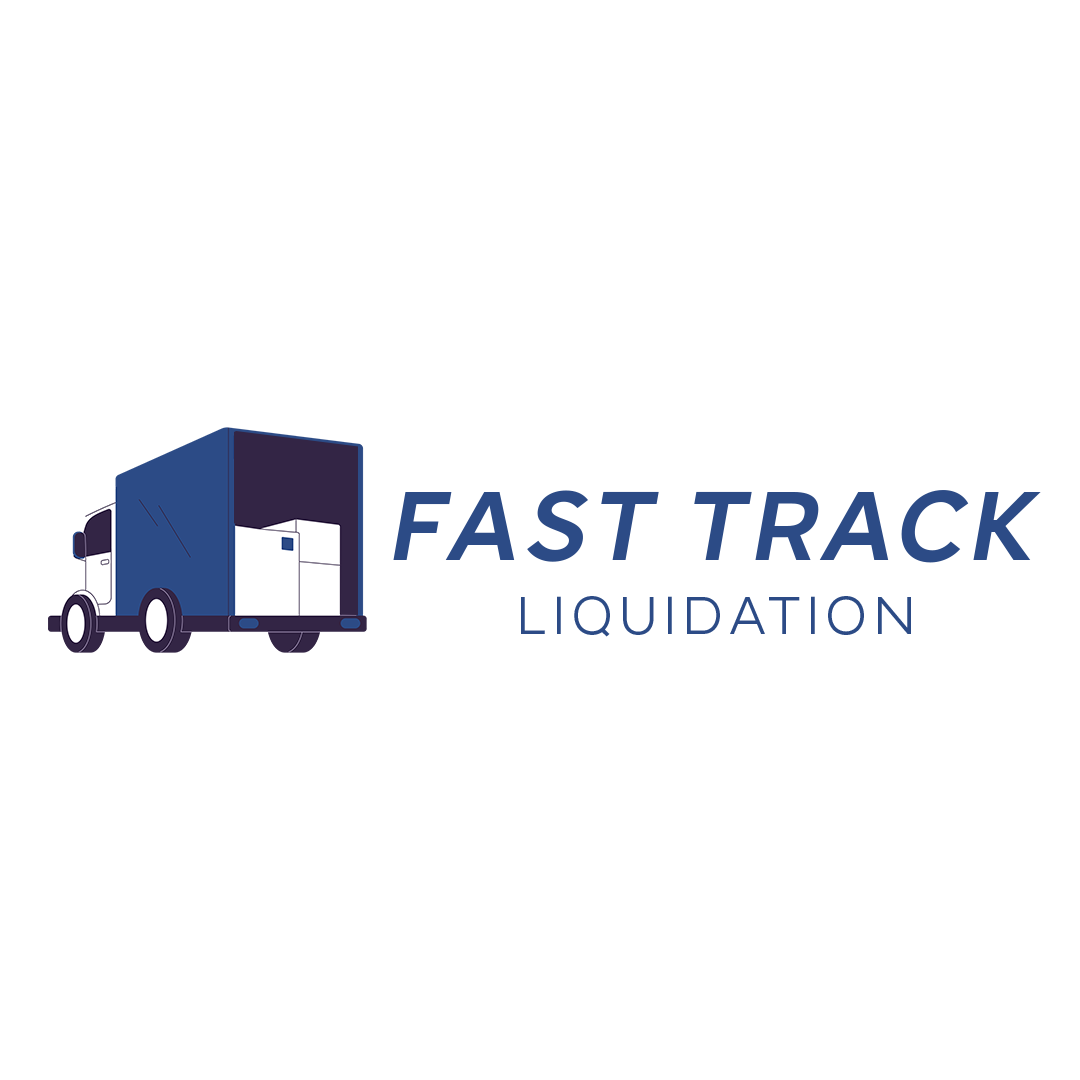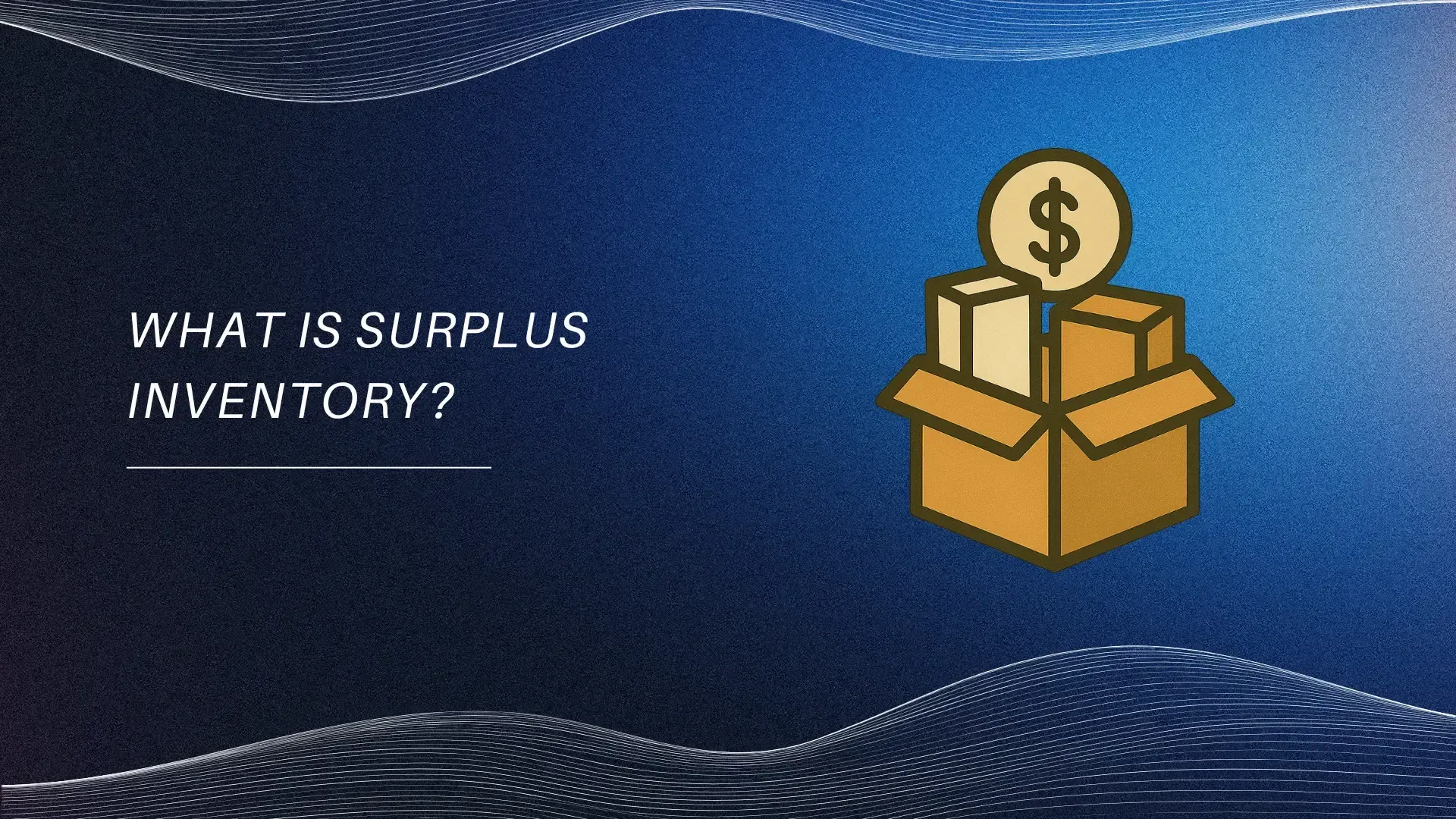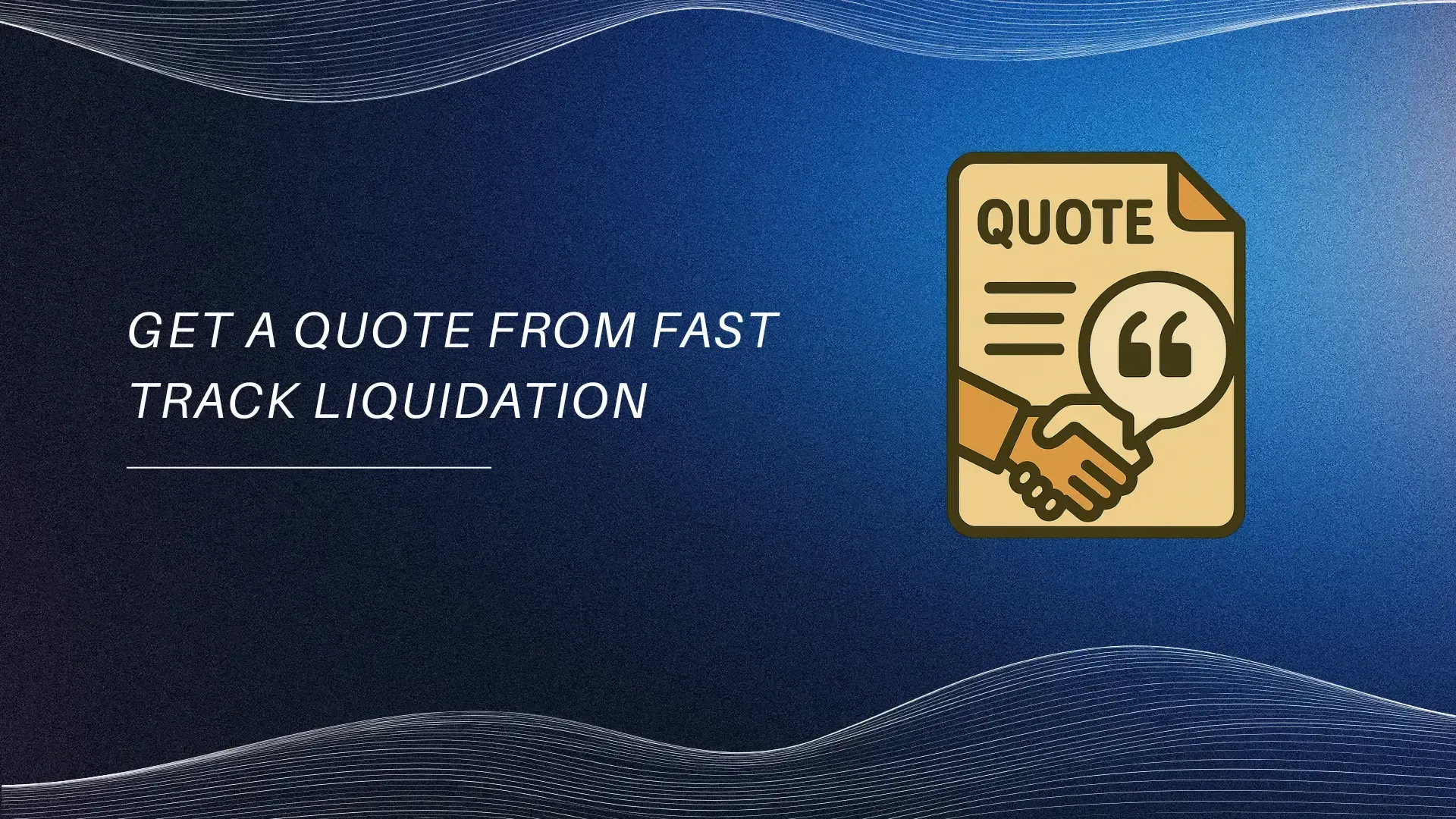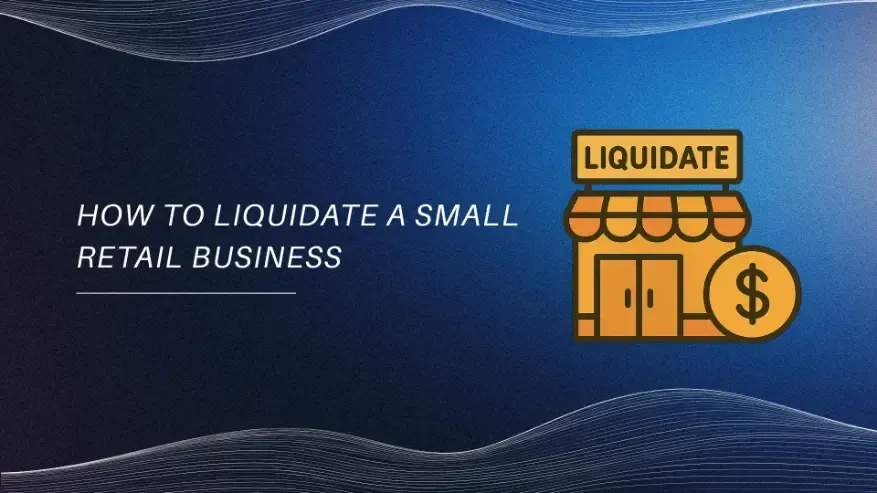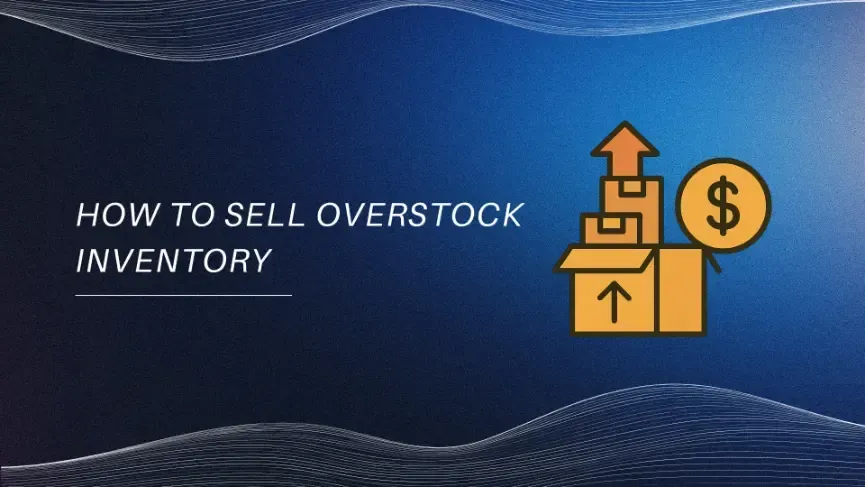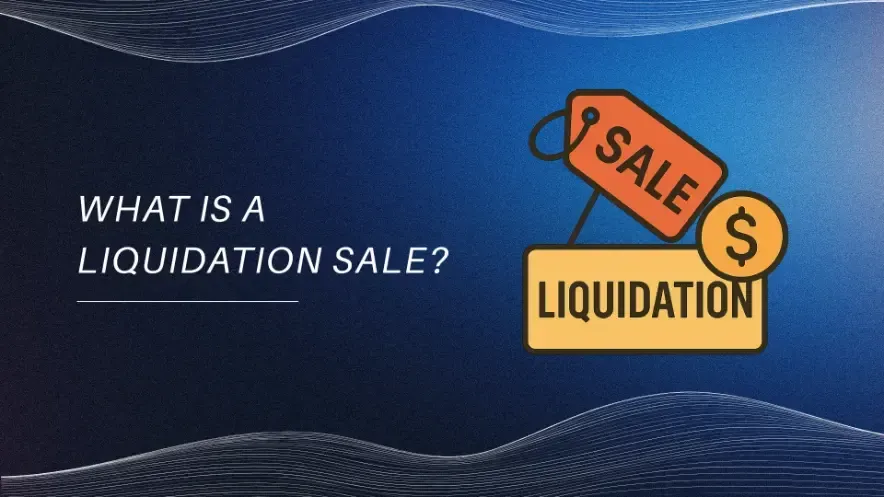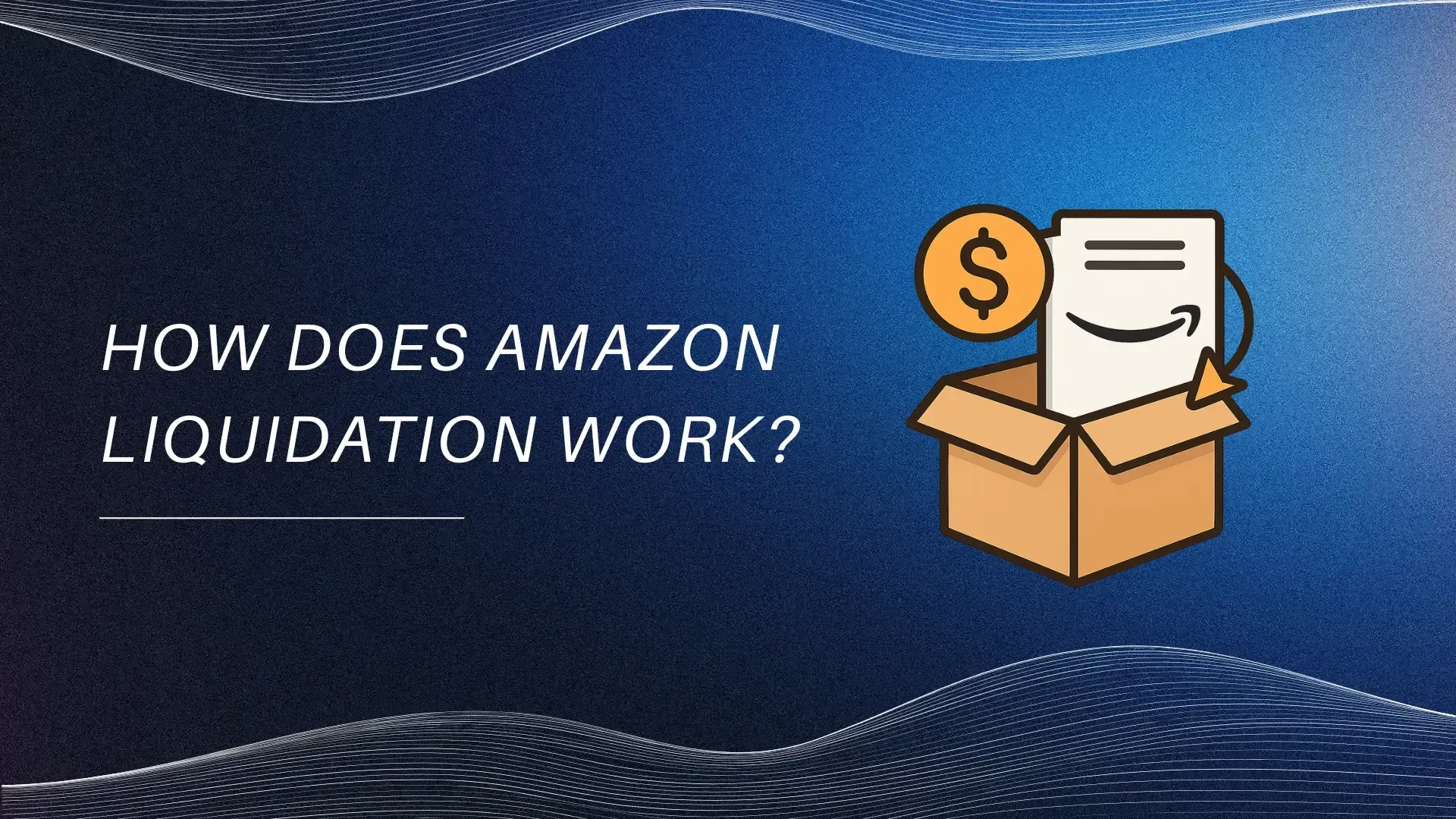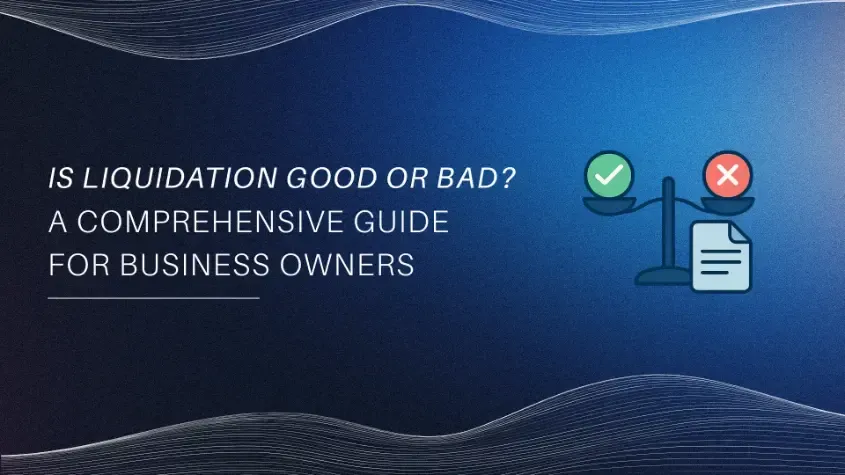Closeout Inventory Buyers Explained: How to Find the Right Partner and Maximize Recovery
September 21, 2025
For many businesses in the United States, inventory is both an asset and a liability. The right amount fuels sales and growth. Too much, however, ties up cash, creates warehouse congestion, and adds unnecessary carrying costs. This is where closeout buyers—also called inventory liquidators, surplus inventory buyers, or asset recovery services—play a vital role.
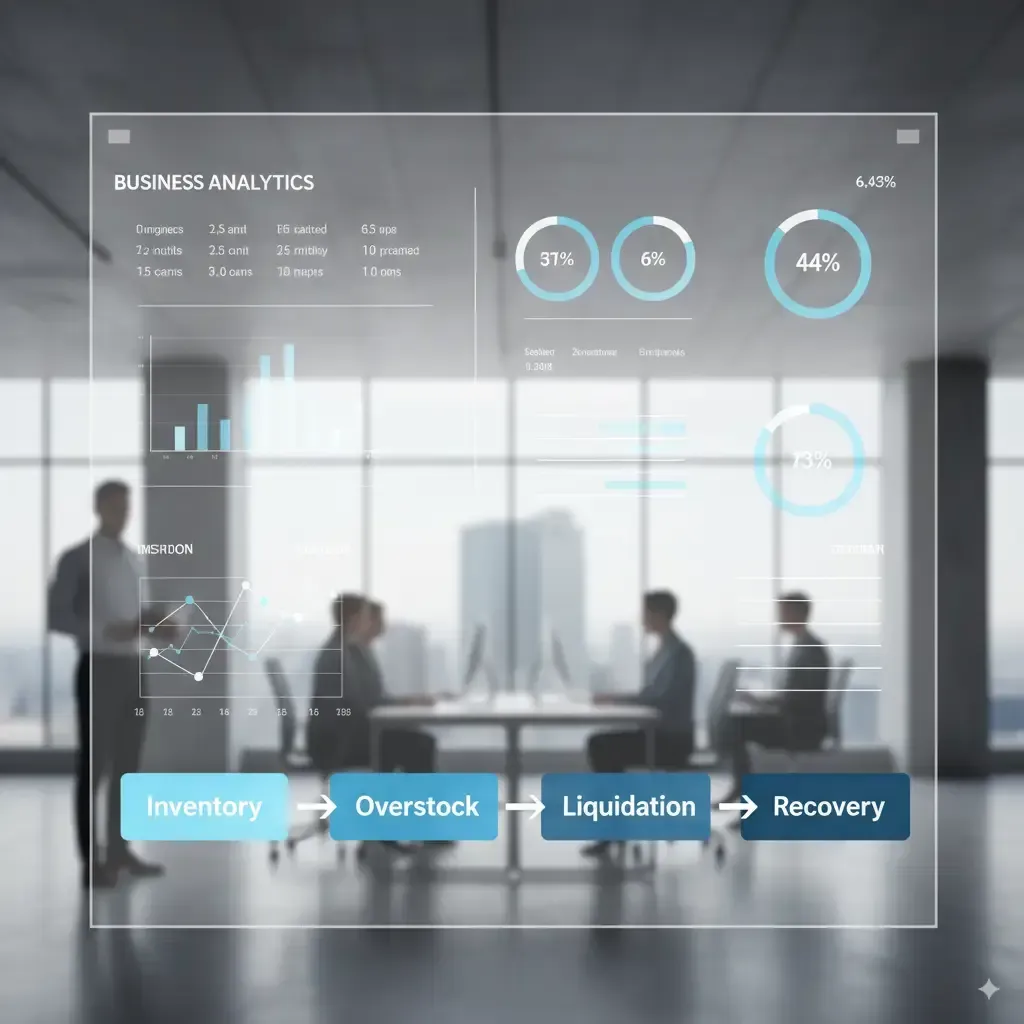
The U.S. retail sector alone saw $890 billion in returns in 2024, representing nearly 16.9% of sales. That flood of excess, overstock, and returned merchandise explains why the reverse logistics market is projected to exceed $840 billion globally by 2033. Businesses that act quickly to convert unwanted stock into cash not only improve liquidity but also protect long-term profitability.
This guide will help you understand how closeout buyers work, how to compare your options, and how to align with the right partner for your business goals.
What Is a Closeout Buyer?
A closeout buyer is a company or professional who purchases unsold or unwanted inventory directly from businesses. Unlike brokers, who simply arrange deals, closeout buyers take possession of goods and assume responsibility for moving them through alternative distribution channels.
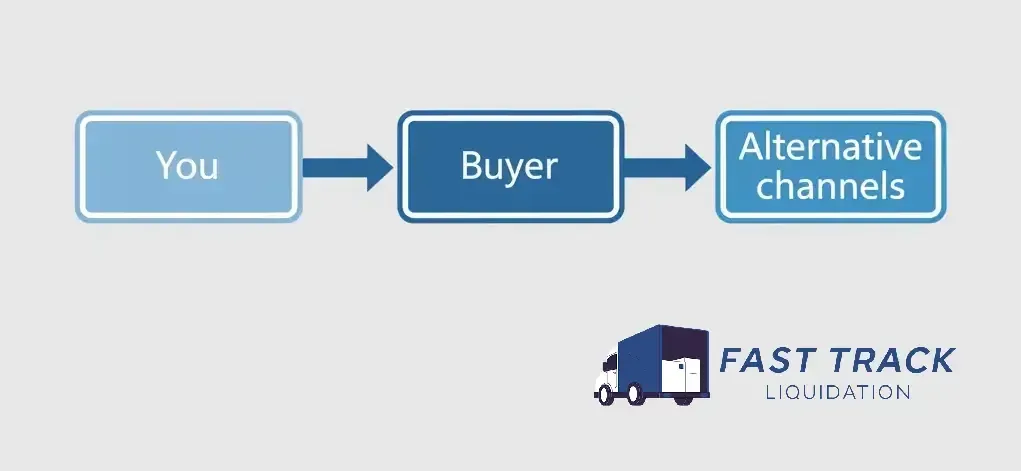
Synonyms and Related Terms You’ll See
- Inventory liquidator – emphasizes quick, bulk purchases.
- Excess merchandise buyer – focuses on surplus and canceled orders.
- Overstock buyer – specializes in goods ordered beyond demand.
- Dead stock buyer – handles obsolete or outdated inventory.
- Bulk inventory buyer – purchases in high volume to reduce holding costs.
- Wholesale liquidator – resells merchandise at discounted wholesale prices.
- Asset recovery services – a formal phrase used in corporate or bankruptcy contexts.
Understanding these terms ensures you recognize the same function, even when industry players use different labels.
Why Businesses Use Closeout Buyers
For small and mid-sized businesses, choosing a surplus inventory buyer is often about more than just quick cash.
Benefits for Sellers
- Cash flow improvement – free up money tied in unsold products.
- Recovering capital – redeploy funds into profitable categories.
- Freeing warehouse space – reduce storage fees and optimize operations.
- Loss prevention – avoid total write-offs of obsolete goods.
- Hassle-free sale – one transaction instead of piecemeal clearance.
- Discreet disposal – protect brand value with controlled resale channels.
In a competitive retail environment where carrying costs average 20–25% of inventory value per year, these advantages add up quickly.
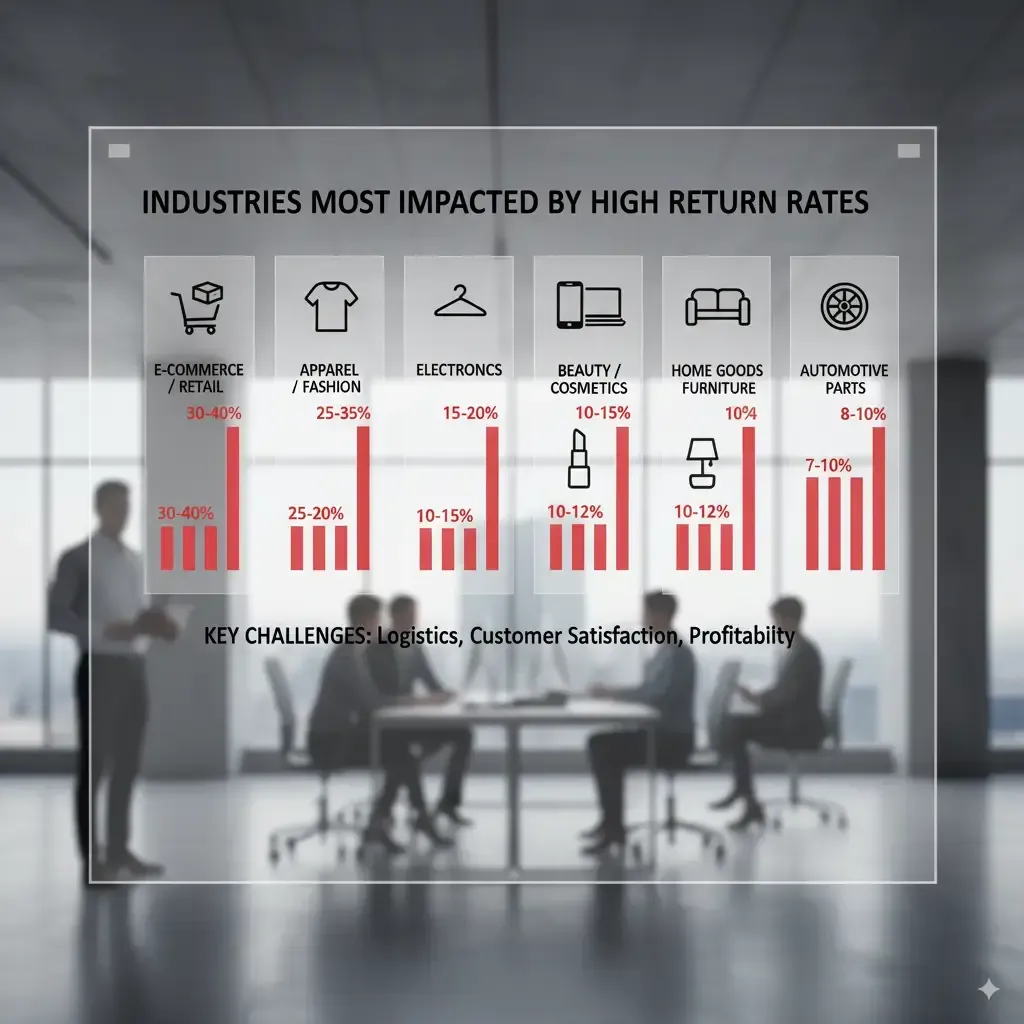
Types of Inventory Closeout Buyers
Closeout buyers vary depending on the categories they specialize in:
General Merchandise Buyers
These companies handle broad categories such as electronics, toys, home goods, and health and beauty products. They are best for mixed loads or large liquidations.
Apparel Closeout Buyers
The apparel industry is notorious for high return rates—nearly 46% during peak holiday promotions.
Clothing liquidators and garment buyers specialize in managing these seasonal fluctuations, often requiring brand-protection agreements to prevent unauthorized resale.
Food & CPG Buyers
Buyers in this category often focus on short-dated or discontinued products. They play a crucial role in reducing waste while ensuring compliance with expiration and labeling laws.
Regional Buyers vs. National Buyers
- Regional/local buyers are helpful for quick pickups and reduced shipping costs.
- National buyers offer greater financial capacity, take-all offers, and brand-protection programs.
The Closeout Process Explained
Selling to a closeout buyer follows a fairly structured process.
- Create an Inventory Manifest – include SKUs, UPCs, quantities, MSRP, and condition codes (new, returns, salvage).
- Request Quotes – ask for both take-all offers and partial-load pricing.
- Evaluate Buyer Terms – focus on logistics, payment method, and channel restrictions.
- Finalize Agreement – sign a Bill of Sale with clear terms on brand protection.
- Pickup & Payment – most reputable buyers pay via wire transfer or check on pickup.
- Reporting & Confirmation – for sensitive goods, request certificates of destruction or export-only confirmation.
This step-by-step path ensures transparency and reduces risks such as gray-market diversion.
How to Vet Closeout Buyers
Not all buyers operate with the same standards. Use this 10-point checklist before finalizing any deal:
- Do they purchase inventory outright (not just broker)?
- How long have they been in business?
- Do they pay on pickup or after resale?
- What brand-protection measures do they offer (de-labeling, DNST lists, export-only)?
- Can they provide trade or customer references?
- Do they have insurance and warehouse facilities?
- Can they handle your full load (take-all offer)?
- What logistics support do they provide?
- Do they provide contracts with clear terms?
- Are they compliant with local/state regulations?
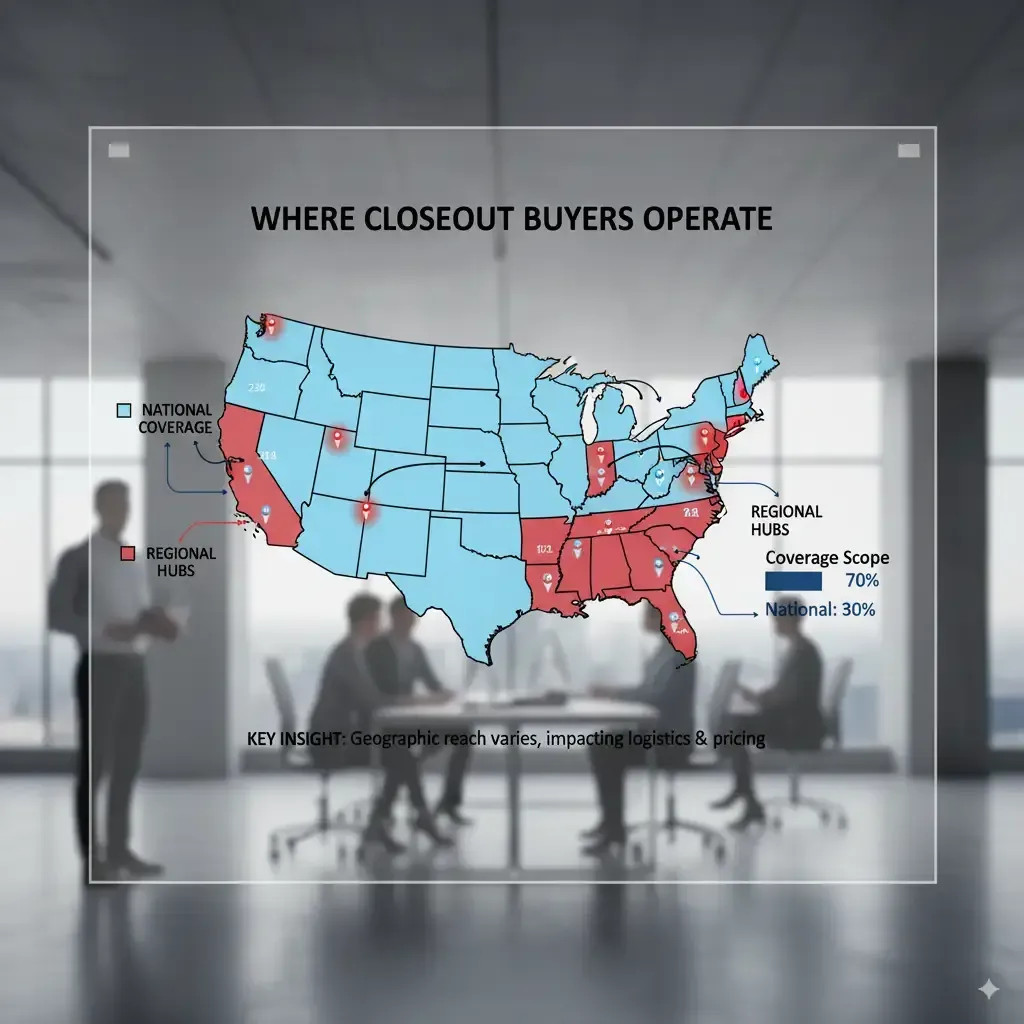
Pricing Factors: How Offers Are Calculated
Closeout pricing is rarely one-size-fits-all. Buyers consider:
- Category – apparel, electronics, or seasonal goods.
- Condition – new, returned, or salvage merchandise.
- Assortment – complete size runs vs. broken lots in apparel.
- Seasonality – outdated holiday items vs. timeless basics.
- Freight – cost to move goods from your location.
- Brand sensitivity – risk of channel conflict.
Businesses that provide detailed manifests, photos, and flexible shipping terms often receive higher offers.
The State of Closeout Buying in 2025
This is where query fan-out strengthens your content. Instead of only optimizing for “closeout buyers,” the article also covers:
- Excess inventory liquidation
- Overstock buyers
- Dead stock liquidation
- Apparel closeout buyers
- Best closeout buyers USA
Fan-out ensures the page captures search variations and long-tail queries that users naturally type.
Data Snapshot
- $890B U.S. retail returns in 2024 – source: NRF.
- Online returns 21% higher than in-store – source: Zeta Global.
- Global reverse logistics market valued at $823B in 2024 – forecast to grow steadily through 2033.
- ~15% of returns classified as fraudulent/abusive – source: Digital Commerce 360.
Conversational FAQs
What’s the difference between a closeout buyer and a liquidator?
A closeout buyer purchases goods directly and takes ownership. A liquidator may also act as a direct buyer, but some liquidators focus more on bulk asset recovery across industries.
How fast can I expect payment?
Most reputable inventory closeout buyers pay on pickup or within a few days. Wire transfers are common, while some offer checks.
Can apparel closeout buyers protect my brand?
Yes. Many require de-labeling, DNST lists, or export-only clauses to ensure goods don’t conflict with authorized channels.
Are closeout buyers only for bankrupt stock?
No. They also handle excess merchandise, seasonal products, customer returns, discontinued products, and canceled orders.
How do I find the best closeout buyers near me?
Start by checking years in business, payment speed, and brand-protection policies. Always request references and a written contract.
Turning Surplus Into Opportunity
The landscape of closeout buyers in 2025 reflects a broader shift in retail and ecommerce. With rising returns, overstock challenges, and costly warehouse space, working with reputable closeout buyers isn’t just a liquidation strategy—it’s a business continuity tool.
Whether you’re dealing with apparel returns, discontinued electronics, or seasonal overstock, the right partner can help you
recover capital, reduce losses, and free up resources for growth.
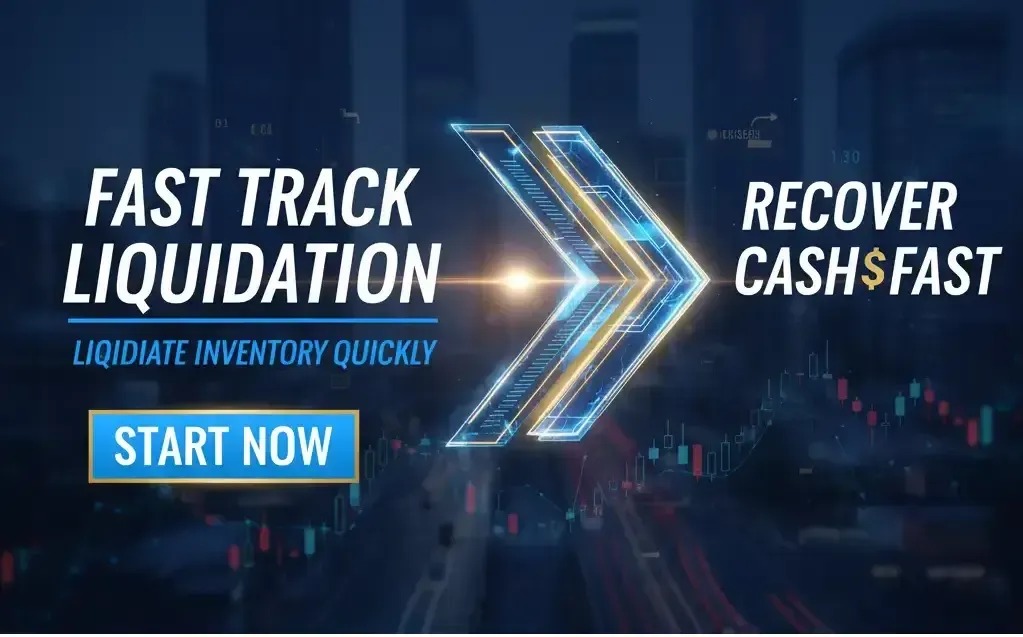
At Fast Track Liquidation, we specialize in helping U.S. businesses transform surplus and excess stock into working capital—quickly, discreetly, and reliably. By offering structured processes, brand protection, and nationwide coverage, we provide more than just a transaction. We provide a partnership that helps you focus on what truly matters: growing your business.
